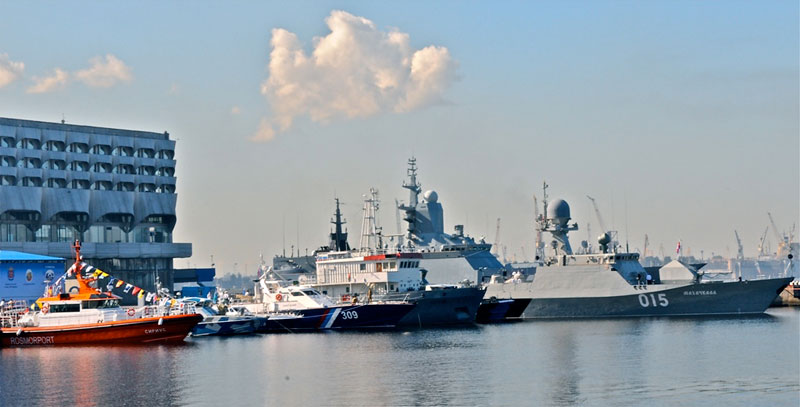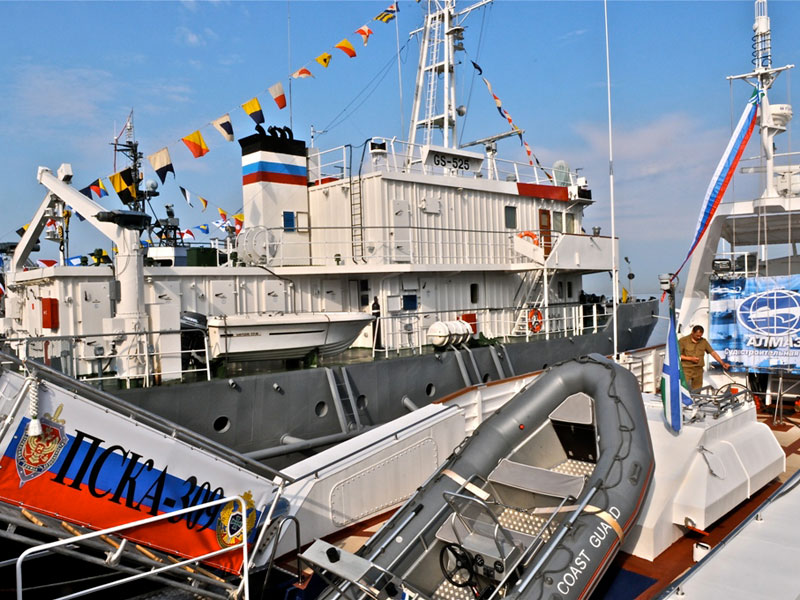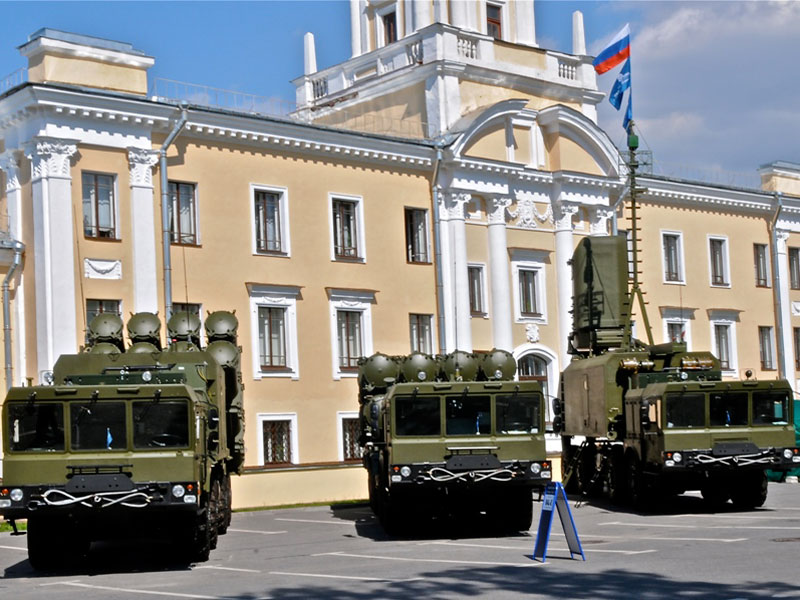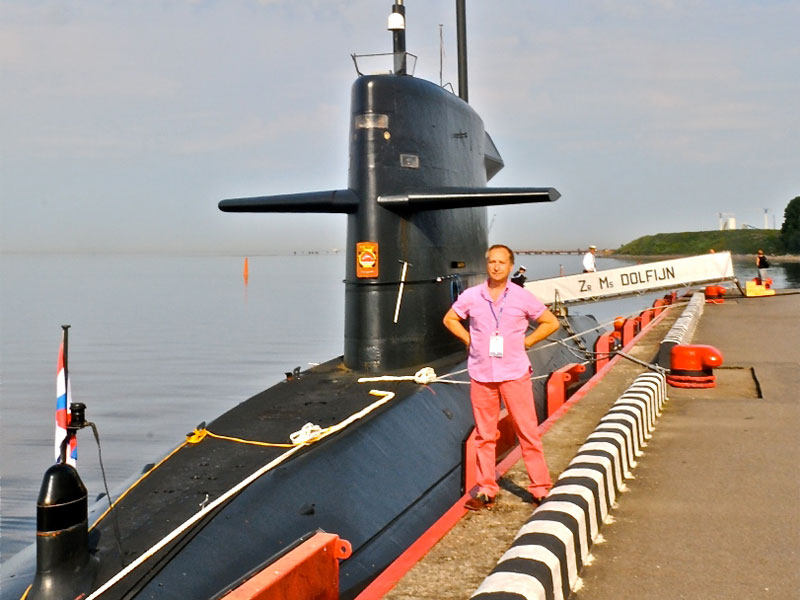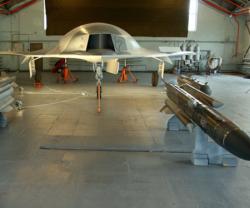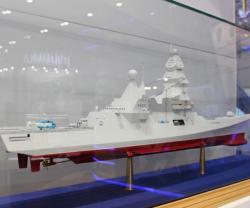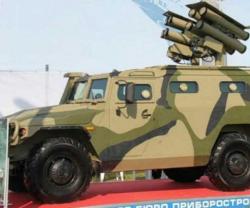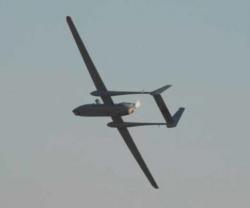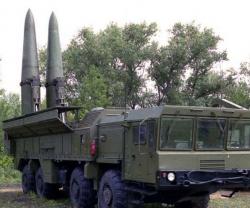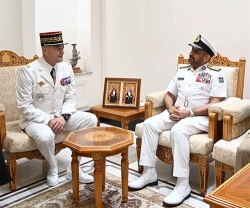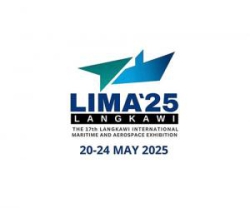The 6th International Maritime Defence Show (IMDS-2013) was held in July between 3-d and 7-th in Russia’s naval capital St. Petersburg with a strong support from the main federal structures and the local government.
The biennial event hosted 457 participants from 31 countries, including 89 companies from abroad.
Major defense and aerospace companies namely, United Shipbuilding Corporation, Rostec, Rosoboronexport, Elektropribor, AVRORA, Krylov State Research Centre, Morinformsystem-Agat, Oceanpribor, Granit-Electron, Gidropribor, Prometey among the many displayed a wide range of cutting-edge military products.
The exhibits profile included naval and commercial shipbuilding, power plants, armament and weaponry, navigation, C4I, naval aviation, logistic infrastructure, new materials and technologies.
The IMDS key feature is its location at the St.-Petersburg water-front to allow live demonstration of various ships and craft. The Russian navy top highlights were Boiky corvette of project 20380 of stealth configuration and Mahachkala small artillery ship of project 21630 with Grad-M MLRS. Among the other Russian vessels presented at the sea-port harbor were Serna D-67 air-cushion landing craft of 11771 project, Grachonok countersabotage motor boat of 21980 project, Sobol and Mangust OPVs of 12200 and 12150 projects respectively, hydrographic surveying vessels Vaiygach, GS-525 and MGK-403. The guest ships were presented by the Royal Netherlands Navy submarine Dolfijn and Evertsen frigate plus a Polish ORP Arctowski. 24 light craft and boats of the enterprises - participants were demonstrated near the quays of the exhibition complex.
An impressive open space exposition presented real systems and live-size models including two Russian naval helicopters Ka-52 and Ka-31, BAL-E and Club-K missile systems of Morinformsystem-Agat, BRAHMOS supersonic cruise missiles, as well as a number of torpedoes and mines.
The Russian Air Force aerobatic teams Russkiye Vityazi, Strizhy and Rus displayed their flight skills daily.
The artillery and small-arms live firing was successfully conducted at the Rzhevka test range. The participating systems included AK-130 naval gun as well as AK-100 and AK-176M among the others.
IMDS attracted attention of 75 official delegations from 51 countries including five Ministers of Defence, fourteen Naval Commanders-in-Chief. Within the first three days of the show over 48 000 professionals visited IMDS-2013.
Russian state arms exporter Rosoboronexport (now - Rostec daughter company) displayed over 100 advanced items of the Russian naval products. Many of them “exceed foreign analogues”, according to Igor Sevastyanov, Rosoboronexport Deputy Director General. He also claimed that “participation at IMDS-2013 would be a milestone on the way to strengthening positions of Russia in global market of maritime defense equipment as well as to expanding mutually beneficial military-technical cooperation with foreign countries”. He also mentioned the Rosoboronexport current portfolio is valued at USD 34 billion with orders placed by 67 nations. The export volume in 2012 made an annual record of USD 12.9 billion while the 5 month period of 2013 has already made USD 7 billion.
The Rosoboronexport hot spots included on Amur-1650 conventional submarine, Gepard-3.9 frigate, Mirage, Mangust and Sobol fast patrol boats. These boats as well as Katran and Scorpion craft have been manufactured at the Rybinsk-based Vympel shipyard, working under Rosoboronexport umbrella.
The latest weaponry, presented at the Rosoboronexport pavilion included Sosna-R, Shtil and Gibka air defense systems.
United Shipbuilding Corporation (USC) exposition dominated the Show. USC is the largest national consortium for both naval and commercial shipbuilding. Set up in 2007 with 100% federal ownership it comprises 60 enterprises (major shipyards as well as leading design bureaus) consolidating 80% of the total shipbuilding facilities. The local market is the corporation main focus with export products to 20 nations worldwide.
It is worth to mention that IMDS had been a run-way for the Mistral-class helicopter carrying amphibious assault ship The LHD debut four years ago led to the contract signed for two ships construction (with two more optional) by the French DCNS. The ships final construction had been delegated to the French shipyard STX-Europe in Saint Nazaire while the stern part became a responsibility of the Baltiysky Zavod in St.-Petersburg.
On the IMDS prime day STX accepted the Vladivostok stern, the Russian Navy's first Mistral LHD. Immediately after the ceremony Baltiysky Zavod laid down the stern of the second ship, Sevastopol. The certificate of acceptance was signed by Vladimir Shmakov, USC President, and Laurent Castaing, General Manager of STX-Europe. The stern is 94 meters long with a weight of 6,400 tons. The plant also carried out the stern partial piping (about 5,000 meters) and equipping of the hull.
The stern transportation to Saint Nazaire succeeded to meet the schedule arriving to France in the end of July. The Vladivostok will be floated out in October 2013 and delivered to Admiralty Shipyard (another daughter of USC) for combat system integration (French THALES and Russian companies responsibility). Vladivostok is to become operational in autumn of 2014. The second Mistral stern construction will last till June 2014 to be towed to Saint Nazaire for completion to be delivered to the Russian Navy by the end of 2015. The Russian Mistral crews training has been delegated to the French company DCI, world leader in air force and navy personnel education.
World famous Rubin Design Bureau displayed conventional submarines of the modernised Kilo-class (Project 636) and the Amur-class (Amur-1650 and Amur-950). Kilo-class submarines of various projects are the world best-sellers. Currently, over 60 subs have been built, including 37 units for foreign customers.
Irrespective of the Kilo-class success, the Amur-class has been developed from the very beginning to become a core of non-nuclear submarine fleets for the 21st century. The submarine characteristics have been successfully proven in the course of experimental operation of the Saint Petersburg submarine - maiden unit of Project 677 (Amur class export version). The next two subs, Kronshtadt and Sevastopol, will enjoy a modernised design based on the Saint Petersburg experience.
Amur-class submarines are of a flexible module design to be adapted to the customers demand. The guided missiles vertical launchers can be fitted. Displacement may vary from 1000 to 2500 t.
For the first time Rubin showcased a submarine model with Air Independent Propulsion plant using fuel cells. Hydrogen will be produced on-board the submarine by diesel fuel reforming. An AIP prototype plant has proven the feasibility of the chosen path. It was said during IMDS that the AIP should be ready by 2016 and the first non-nuclear submarine for the Russian Navy – by 2018.
Rubin also demonstrated a training complex for the Russian and foreign submariners including damage control, rescue and skin-diving skills.
Among the other 15 enterprises comprising USC exposition few more should be mentioned.
In particular Severnoye Design Bureau presented a latest version of frigate pr.22356. The ship length is 135 m with 4150 ton displacement. Cruising velocity up to 29 knots to provide cruising range of 4500 nautical miles being autonomous up to 30 days. The frigate “sharp teeth” – Agat/ Novator Club-N integrated missile system to hit both surface and submersible targets. The weaponry including modern artillery and air defence plus aboard helicopter of Ka-28/31 type extends the ship’s mission dramatically.
Almaz Design Bureau – the world leader in combat air-cushion ships development – attracted special attention of RD Deputy Defence Minister Yury Borisov, who claimed to extend state orders for Zubr and Murena fast landing ships.
Severnaya Verf was one of the IMDS news makers. The shipyard is the prime contractor for the Stereguschiy-type corvettes for the Russian Navy with one of the serial ship – Boiky – presented at the show. These ships enjoy their stealth design at full strength combining high technology with lethal fire power. The project has an export version titled 20382 Tiger equipped with Uran-E missile complex, 100-mm artillery mount A-192E as well as powerful antisubmarine and air defence weaponry. It looks like Algerina Navy is to become the prime customer for Tigers with a contract for two ships plus two optional. Currently, Severnaya Verf has been working on the 1234E and 1159T ships upgrade for this customer .First pair of the upgraded ships named Rais Hamidu and Murad Rais have been already delivered to the Algerian Navy.
Zelenodolsk-based Design Bureau presented a new concept of Sarsar multipurpose corvette/ patrol ship with a full-load displacement of 900 ton, full speed of 25 knots and modern artillery, ADS and ASW systems.
At IMDS-2011 USC and Transas announced a deal to form-up a new joint venture – USC-Transas. Based on the Transas expertise in simulation and integrated aboard technologies development new company became a leading supplier of the above mentioned products for all the USC-built vessels. An impressive exposition presented to the experts and audience a huge variety of simulators, bridges and command posts not just of naval application but for helicopters and armoured vehicles as well to provide a complex outlook of the landing operation.
The USC success wouldn’t be possible without close cooperation with strong national corporations specialised in electronics, navigation, C4I and weaponry.
Concern AVRORA, being the largest center for naval C4I systems of various application, presented its latest products for non-nuclear submarines and surface ships.
AVRORA showcased the integrated automated information management system LAMA-I for advanced subs jointly developed with Granit-Electron and Oceanpribor. The system provides all necessary data for missile or torpedo firing to annihilate all types of targets.
AVRORA successfully completed the 636 submarines personnel training center in Vietnam. This fact was confirmed by Concern CEO Konstantin Shilov, who mentioned that “two buildings have been constructed with full equipment assembled. Besides, works on “marine” part of the center are being completed too”. Mr. Shilov pointed out the new training center for submariners and surface ships crews in the interest of the Russian Navy, being part of the AVRORA exposition at IMDS-2013.
Concern Granit-Electron is the Russia’s leading research company and manufacturer of surface surveillance, target designation, REW and automatic fire control systems both for the national and friendly navies. Concern conducts military technical cooperation with India, China, Vietnam, Indonesia, Algeria and other countries. For the first time a new improved mono-pulse homing head for Yakhont supersonic cruise missile was displayed. A homing head features detection range of 120 km with resolution on distance of 9-15 m. The missile complex is able to engage all type of sea surface and coastal targets. The company also exhibited the fire control system for BAL-E as well as bombs and torpedoes.
Concern Elektropribor displayed the Parus-98E unified periscope system for modernised and newly-developed advanced submarines. It features day-and-night surveillance in adverse weather conditions, GPS and GLONASS signals reception, radar signal detection, distance measurement etc. Parus-98E consists of attack periscope penetrating into the submarine hull and multi-purpose non-hull-penetrating periscope (optronic mast). The periscope system can be supplied as a complete set or separately.
The Tula-based KBP Design Bureau, core company of the High-Precision Weaponry holding of Rostec, presented its navalised version of Pantsyr-S titled as Pantsyr-ME. The new missile-gun complex is able to react on any type of target hitting up to 4 simultaneously. Each unit has 8 missiles on the launchers with 32 in the stock plus 1000 artillery rounds for two six-barrel guns. The missile hitting zone is 1500-2000m by range and from 2 to 15000m by height of the target trajectory. The similar figures for gun hitting zone is 500-4000 and 0-3000 respectively.
It has been announced that from June 2015 IMDS is to be moved in a different place. The new show location is to be at the Morskoy Facade premises which have become a new city port for the cruising ships.
Yury Laskin and Sergey Kirshin report from St.-Petersburg

